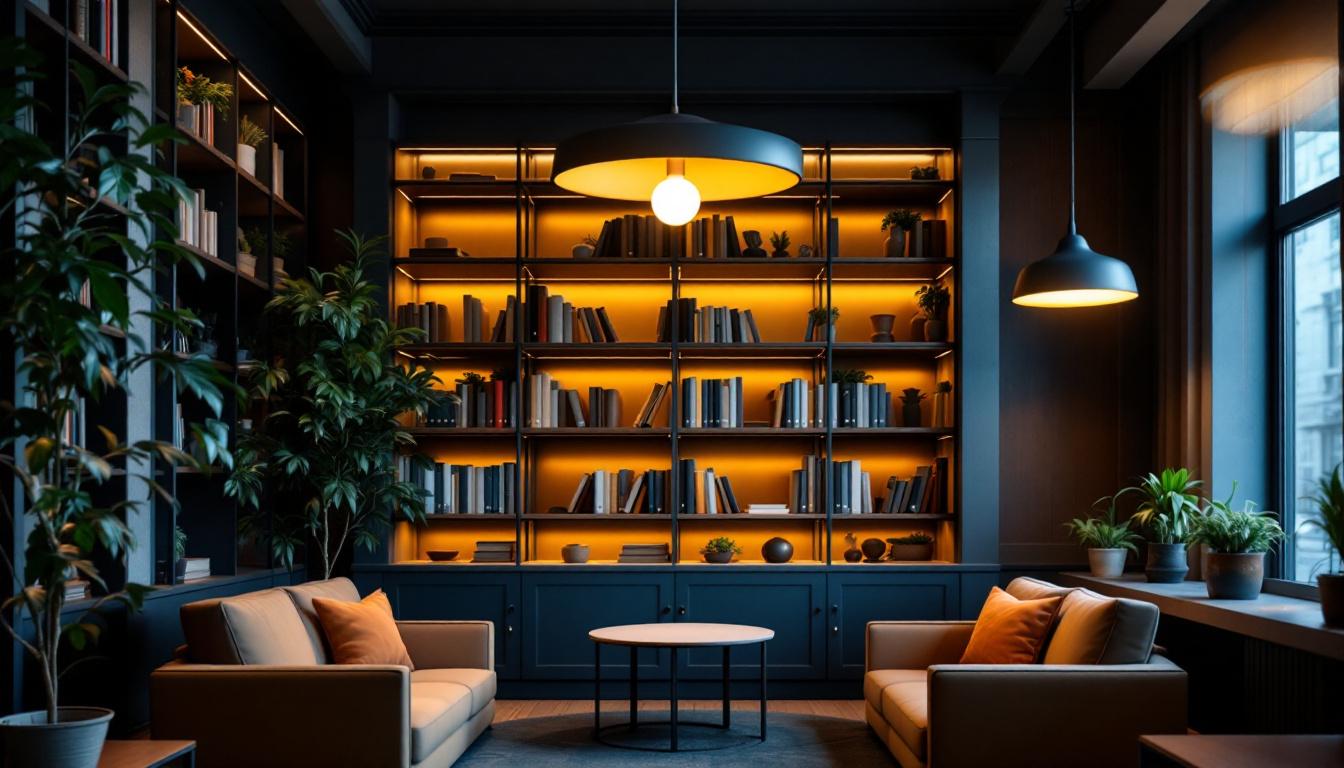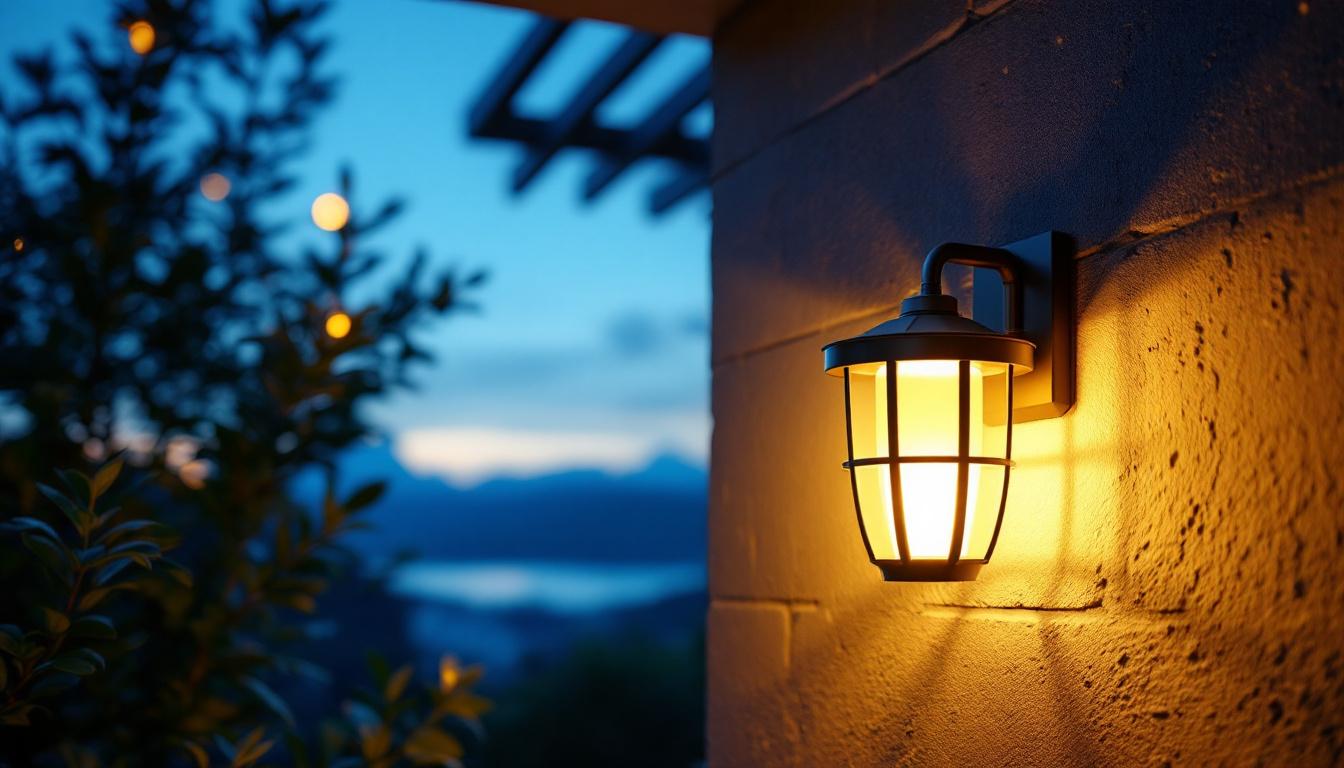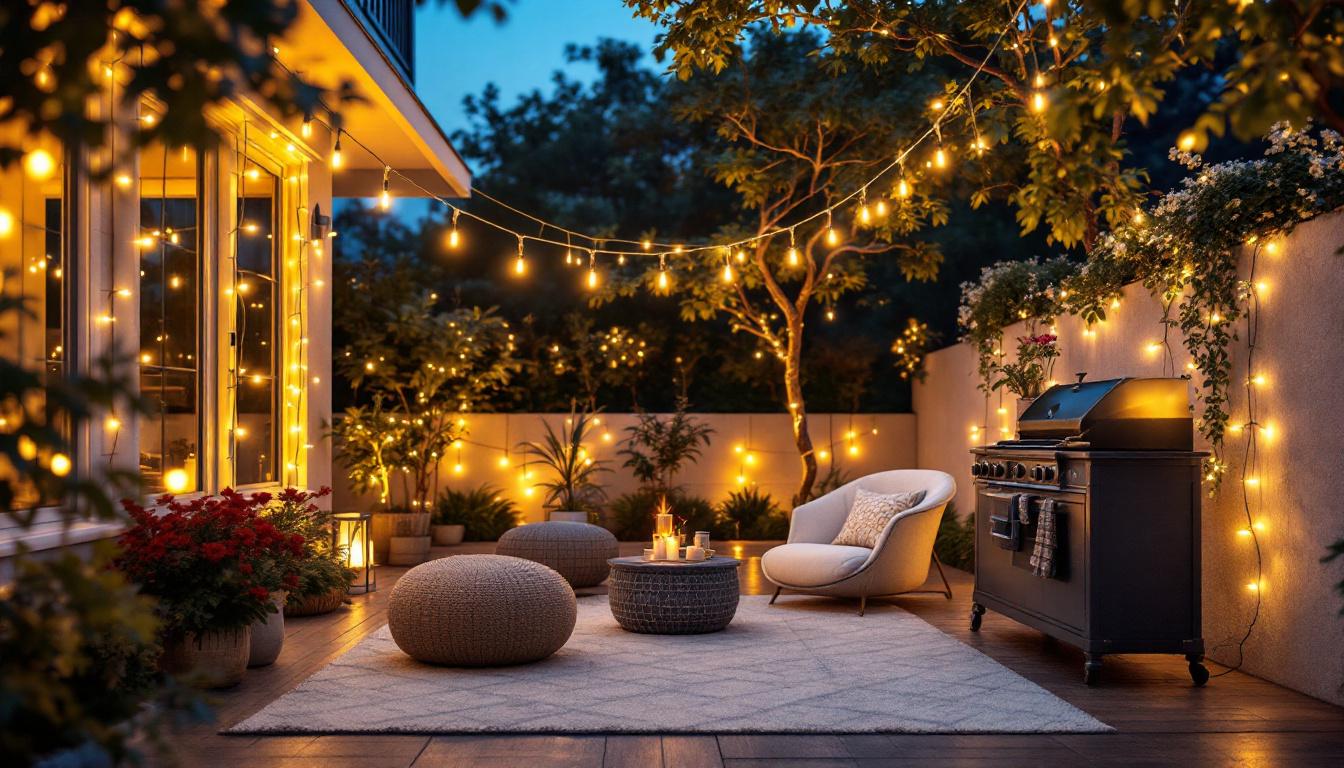
Lighting contractors play a crucial role in creating the right ambiance and functionality in various spaces, including libraries. The choice of light fixtures significantly impacts the aesthetic appeal, energy efficiency, and overall user experience. This article explores the intricacies of library light fixtures, providing insights that can help lighting contractors make informed decisions while simplifying their processes.
Libraries are unique environments that require thoughtful lighting solutions. The primary function of a library is to facilitate reading, studying, and research, which necessitates a lighting design that enhances visibility while minimizing distractions. Proper lighting can significantly influence the comfort and productivity of library patrons. A well-lit library can transform the experience of a visitor, making it not only easier to read but also more enjoyable to spend time in the space. The right lighting can create a welcoming atmosphere that encourages exploration and learning, making it essential for libraries to prioritize their lighting design.
Moreover, libraries often house various collections, including books, periodicals, and digital media. Each of these elements can require different lighting approaches to ensure they are presented in the best possible manner. For instance, rare manuscripts or delicate artworks may need specialized lighting to protect them from damage while still allowing patrons to appreciate their details. Therefore, understanding the specific lighting needs of a library is essential for contractors tasked with illuminating these spaces. This understanding not only enhances the aesthetic appeal of the library but also ensures that the materials are preserved for future generations.
In libraries, lighting can be categorized into three main types: ambient, task, and accent lighting. Ambient lighting provides overall illumination, ensuring that the entire space is well-lit. Task lighting, on the other hand, focuses on specific areas where activities such as reading or studying take place. Accent lighting is used to highlight particular features, such as artwork or architectural details. The interplay of these lighting types can create a dynamic environment that caters to various activities, from quiet reading to collaborative group work.
Each type of lighting serves a distinct purpose and should be carefully integrated into the overall design. For example, ambient lighting might be achieved through ceiling-mounted fixtures or large windows that allow natural light to flood in during the day, while task lighting could be provided by adjustable desk lamps or wall-mounted sconces in study areas. Accent lighting can be strategically placed to draw attention to unique architectural elements or special collections, enhancing the overall experience for library visitors. By understanding how these lighting types work together, contractors can create a cohesive and functional lighting scheme that meets the diverse needs of library users.
When choosing light fixtures for libraries, several factors come into play. First and foremost is the color temperature of the light. Libraries typically benefit from a warmer color temperature, which creates a cozy and inviting atmosphere. However, task areas may require cooler temperatures to enhance focus and concentration. The balance between these temperatures can be achieved through the strategic placement of fixtures, ensuring that patrons can easily transition from relaxed reading areas to more focused study zones.
Energy efficiency is another critical consideration. With the growing emphasis on sustainability, selecting LED fixtures can significantly reduce energy consumption and maintenance costs. Additionally, the lifespan of the fixtures should also be taken into account, as longer-lasting options can minimize the need for frequent replacements. Beyond energy efficiency, the design and aesthetic of the fixtures themselves can contribute to the library’s overall ambiance. Choosing fixtures that complement the architectural style of the library can enhance its character and make the space more inviting. Furthermore, considering the dimming capabilities of fixtures can provide flexibility in adjusting the lighting according to the time of day or specific events, further enriching the library experience for all patrons.
While functionality is paramount in libraries, aesthetics should not be overlooked. The design of light fixtures should complement the architectural style of the library, creating a harmonious environment. This balance between functionality and aesthetics can enhance the overall user experience.
Incorporating natural light into the design can also play a pivotal role. Libraries with large windows or skylights can benefit from daylighting strategies that reduce reliance on artificial lighting during the day. This not only helps in energy savings but also creates a more pleasant atmosphere for patrons.
Modern libraries are increasingly incorporating technology into their lighting systems. Smart lighting solutions allow for dynamic control over light levels, color temperatures, and even scheduling. This flexibility enables libraries to adapt their lighting according to different events, such as workshops or community gatherings.
Moreover, integrating sensors can help optimize energy use by adjusting lighting based on occupancy. For instance, lights can dim or turn off in areas that are not in use, further enhancing energy efficiency. Lighting contractors should be well-versed in these technologies to offer clients the most innovative solutions available.
When it comes to selecting specific light fixtures for libraries, there are numerous options available. Pendant lights, wall sconces, and recessed lighting are popular choices that can be utilized effectively in various areas of a library. Each fixture type offers unique benefits and can be tailored to fit specific design needs.
For reading areas, adjustable task lights can provide focused illumination, while pendant lights can create an inviting atmosphere in communal spaces. Wall-mounted fixtures can help illuminate pathways and provide ambient lighting without taking up valuable floor space. The right combination of fixtures can create a well-lit, functional, and aesthetically pleasing environment.
Lighting contractors often face challenges when designing lighting systems for libraries. One common issue is achieving uniform lighting throughout the space. Libraries can have various architectural features, such as high ceilings or alcoves, which can create shadows and uneven lighting.
To combat this, contractors should consider using a layered lighting approach that combines ambient, task, and accent lighting. This strategy can help ensure that all areas of the library are adequately illuminated while maintaining a comfortable atmosphere for patrons.
Another challenge in library lighting is managing glare and reflections, particularly in areas with computer stations or glossy surfaces. Glare can be distracting and uncomfortable for users, making it essential to choose fixtures and placements that minimize these issues.
Using diffused light sources and strategically positioning fixtures can help reduce glare. Additionally, selecting fixtures with appropriate shielding can further enhance comfort levels for library patrons. Contractors should be mindful of these factors during the design process to create a pleasant lighting experience.
Libraries are dynamic spaces that often undergo changes in layout and usage. As such, lighting designs should be flexible enough to accommodate future modifications. This can include using adjustable fixtures or modular lighting systems that can be easily reconfigured as needed.
By planning for flexibility, contractors can ensure that the lighting system remains relevant and functional as the library evolves. This forward-thinking approach can save time and resources in the long run, making it a valuable consideration for any lighting project.
Examining successful library lighting projects can provide valuable insights for lighting contractors. These case studies highlight innovative approaches and solutions that have enhanced the functionality and aesthetics of library spaces.
In a recent project, a modern library incorporated a combination of pendant lights and recessed fixtures to create a warm and inviting atmosphere. The use of natural materials and warm color temperatures contributed to a cozy environment that encouraged patrons to linger and explore. Additionally, the integration of smart lighting technology allowed for easy adjustments based on the time of day and occupancy levels.
This project exemplifies how thoughtful design and technology can work together to create a functional and aesthetically pleasing library space. Lighting contractors can draw inspiration from such projects to inform their own designs.
Another notable project involved the revitalization of a community library that had fallen into disrepair. The lighting design focused on enhancing visibility while preserving the historical character of the building. By using a mix of modern fixtures and vintage-inspired designs, the library was transformed into a welcoming space for all ages.
This case study highlights the importance of considering the unique context of each library project. By respecting the history and character of the building while introducing modern lighting solutions, contractors can create spaces that honor the past while embracing the future.
The role of lighting contractors in library projects cannot be overstated. By understanding the specific needs of libraries and the importance of thoughtful lighting design, contractors can create spaces that enhance the user experience. From selecting the right fixtures to integrating technology and addressing common challenges, there are numerous factors to consider in the design process.
As libraries continue to evolve, the demand for innovative lighting solutions will only grow. By staying informed about the latest trends and technologies, lighting contractors can position themselves as valuable partners in the development of these vital community spaces. Ultimately, the goal is to create libraries that are not only functional and efficient but also inviting and inspiring for all who enter.
Ready to elevate your library lighting designs with fixtures that blend functionality, efficiency, and style? Look no further than LumenWholesale. Our spec-grade lighting products set the standard for quality and value, offering you the best wholesale prices without the middleman markup. With an extensive selection that meets rigorous industry standards and the convenience of hassle-free bulk buying with free shipping, LumenWholesale is your go-to source for lighting that transforms any library space. Discover the ideal solution for your next project and experience wholesale lighting at the best value today.

Discover how LED ceiling tiles are revolutionizing the lighting industry with their energy efficiency, design versatility, and smart technology integration.

Discover how solar-powered wall lanterns can revolutionize your lighting business and help you secure more contracts.

Discover how the T5 Ballast 2 Lamp is transforming lighting projects with real-world success stories from top contractors.

Discover the top outdoor string LED lights that every lighting contractor should consider.